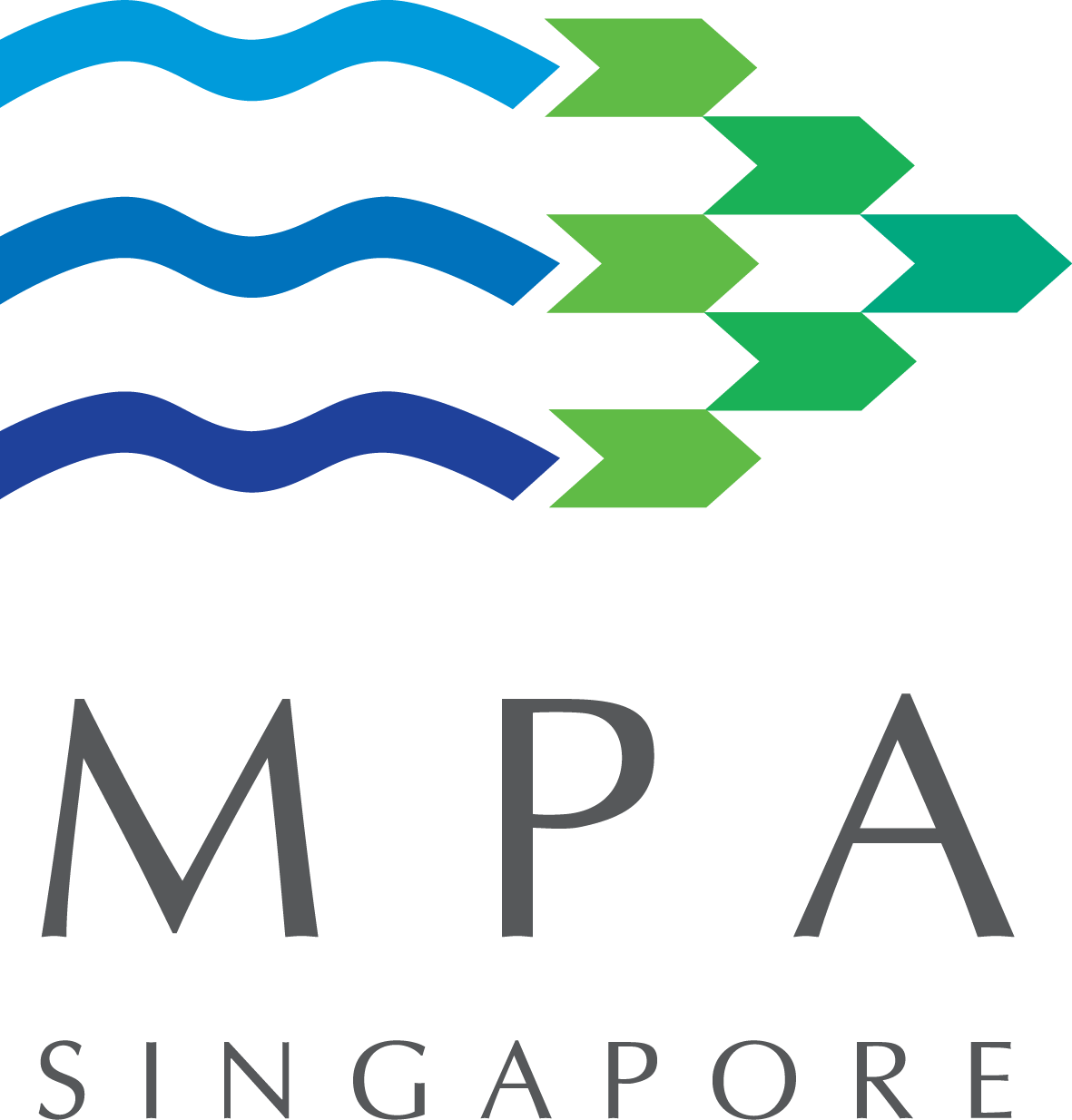OPENING REMARKS BY CAPT M SEGAR, ASST CHIEF EXECUTIVE (OPERATIONS), MARITIME AND PORT AUTHORITY OF SINGAPORE AT THE LAUNCH OF TR56: 2017 (TECHNICAL REFERENCE FOR LNG BUNKERING) ON 28 APRIL, 1430 HRS
OPENING REMARKS BY CAPT M SEGAR, ASST CHIEF EXECUTIVE (OPERATIONS), MARITIME AND PORT AUTHORITY OF SINGAPORE AT THE LAUNCH OF TR56: 2017 (TECHNICAL REFERENCE FOR LNG BUNKERING) ON 28 APRIL, 1430 HRS
Distinguished Guests,
Ladies and Gentlemen,
Good afternoon. Thank you for joining us at the launch of the world’s first national standard for LNG bunkering, the TR 56. This document will provide a reliable and transparent framework for LNG bunkering operations in Singapore.
2 The launch today marks yet another important milestone in the development of Singapore’s bunkering industry as we prepare ourselves for the future.
3 I would like to thank SPRING Singapore, Singapore Chemical Industry Council, Singapore Standards Council as well as participants of the technical committee and working groups for their commitment to complete this comprehensive TR within a short span of one year. Without their commitment and hard work, this launch would not have been possible.
Preparing Singapore’s bunkering industry to meet future needs
4 In October 2016, the International Maritime Organization, or IMO, announced the decision to limit global sulphur emissions to 0.5% from 2020 onwards. There are also existing Emission Control Area (ECA) zones in Northern Europe and North America which have adopted more stringent measures, imposing a 0.1% sulphur cap.
5 The ratification of the Paris Agreement by 143 States to reduce greenhouse gases from 2020 and the IMO’s plans to develop a strategy to reduce greenhouse gas emissions from 2023 further affirm changing regulatory requirements on the carbon emissions front.
6 As the leading bunkering hub in the world, we will work closely with the industry to ensure a smooth transition as Singapore readies herself for 2020 and beyond. This includes providing a broad range of solutions such as Liquefied Natural Gas or LNG to be part of the marine fuel mix which will meet the future energy needs of the global shipping industry.
Singapore – An LNG Bunker Ready Port as early as 2020
7 Singapore is taking steps to prepare herself to be an LNG bunker-ready port as early as 2020 to service a range of vessel types and sizes seeking to take LNG as a fuel.
8 Allow me to recap some of these initiatives. In September 2015, MPA announced the co-funding programme for LNG-fuelled vessels. To date, we have seen positive responses from the local harbour craft industry and we will see LNG-fuelled tugboats and bunker tankers delivering conventional fuels coming on stream from 2018. In January 2016, we issued two LNG bunker suppler licences to Pavilion Gas and a joint venture between Keppel Offshore & Marine and Shell which they have named FueLNG.
9 During SIBCON 2016 in October last year, we announced the introduction of waiver of craft dues for LNG-fuelled harbour craft and 10% port dues incentives for ocean-going vessels using LNG-fuelled harbour craft when in the Port of Singapore. We also signed a Memorandum of Understanding with seven other international port authorities and maritime administrations to build a network of LNG bunker-ready ports to facilitate the adoption of LNG as an alternative fuel. The group remains open to bring onboard other ports that could serve as bunkering stops especially along the East-West trade routes. Only just recently in April, we also announced the launch of the nation’s first LNG Truck Loading Facility. The interim truck loading facility at Singapore LNG Terminal, co-funded by MPA is now completed and operational. And today, we have the completion of the Technical Reference for LNG bunkering.
10 MPA will continue to work with our licensees, industry partners and our international counterparts as we move progressively towards LNG bunkering on a larger scale in tandem with growing industry demand.
Use of the Technical Reference
11 With this Technical Reference, both licensed LNG bunker suppliers and all personnel involved in LNG bunkering operations will have a reliable standard to use when carrying out LNG bunkering operations. The TR 56 will have three parts: (1) Requirements for Custody Transfer, (2) Procedures and Safety Distances, and (3) Competency Requirements for Personnel. Given the breadth and depth of TR 56’s coverage, I am confident that LNG bunkering in Singapore is taking off in the right direction. As the use of LNG as a vessel fuel has predominantly been for smaller vessels such as ferries, the standards will need to be fine-tuned and updated periodically to incorporate lessons learned over time, particularly in the re-fuelling of bigger sized vessels such as container ships.
12 We also recognise the importance to equip our bunkering personnel with the skills and knowledge to perform their work effectively. In this regard, MPA worked closely with the Singapore Maritime Academy to roll out LNG bunkering courses in line with TR 56.
Conclusion
13 Singapore does not take our position as a top bunkering hub for granted. We will continue to find ways to innovate, sharpen our competitive edge and provide a unique value preposition to our customers.
14 With our commitment and your strong partnership, I am confident that Singapore will continue to be the bunkering port of choice.
15 I wish everyone a fruitful session. Thank you.
